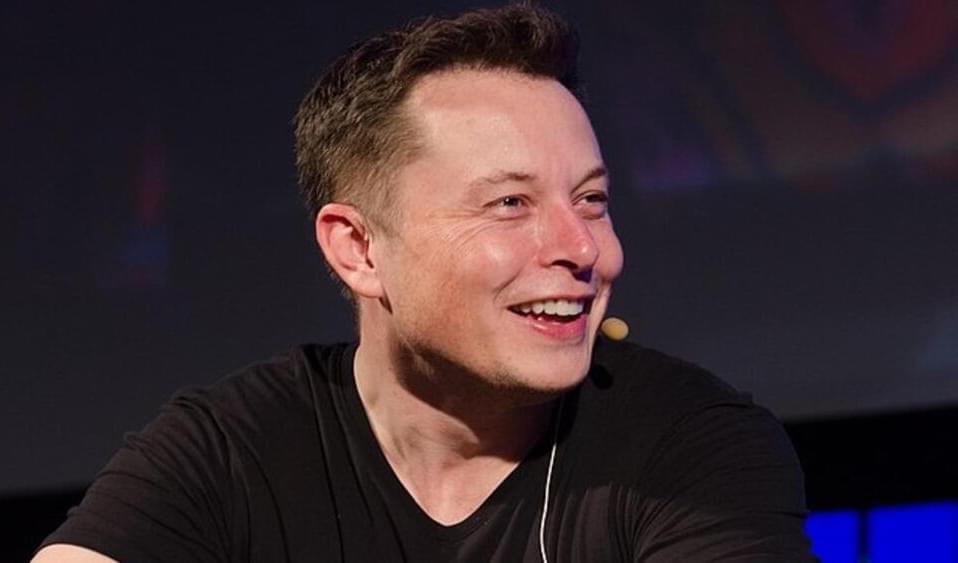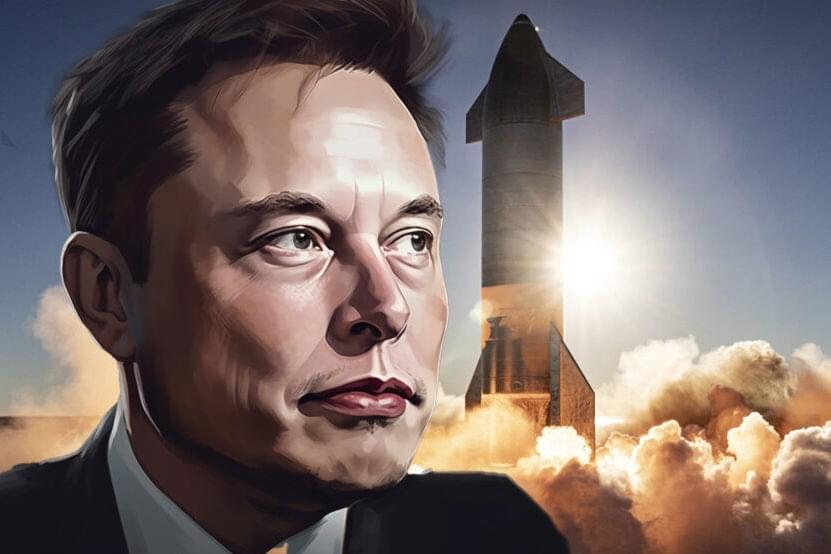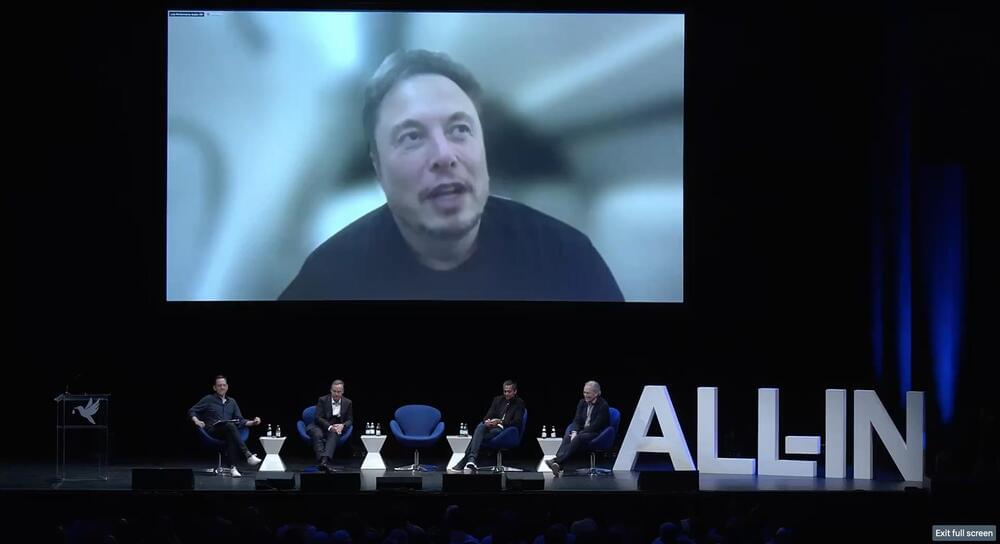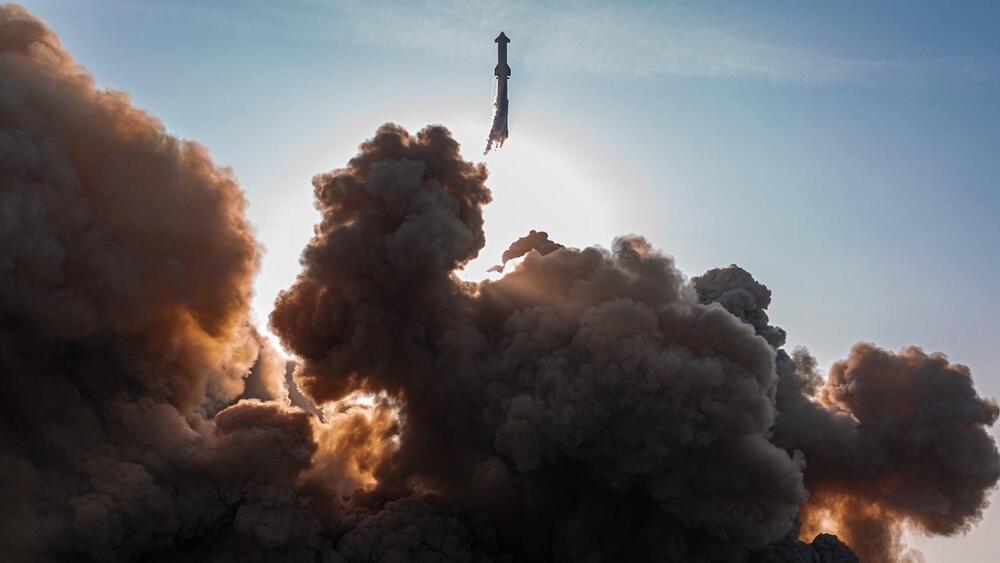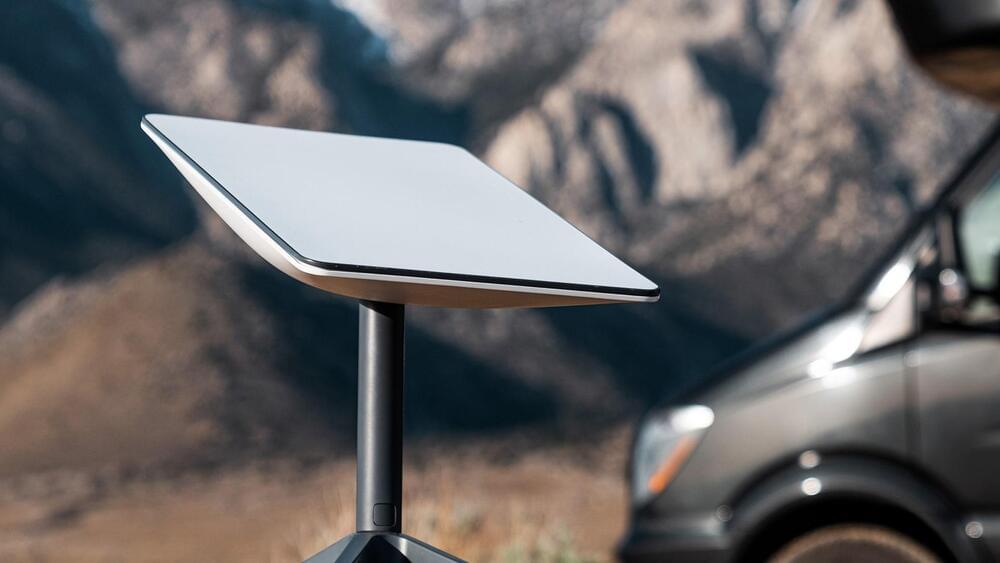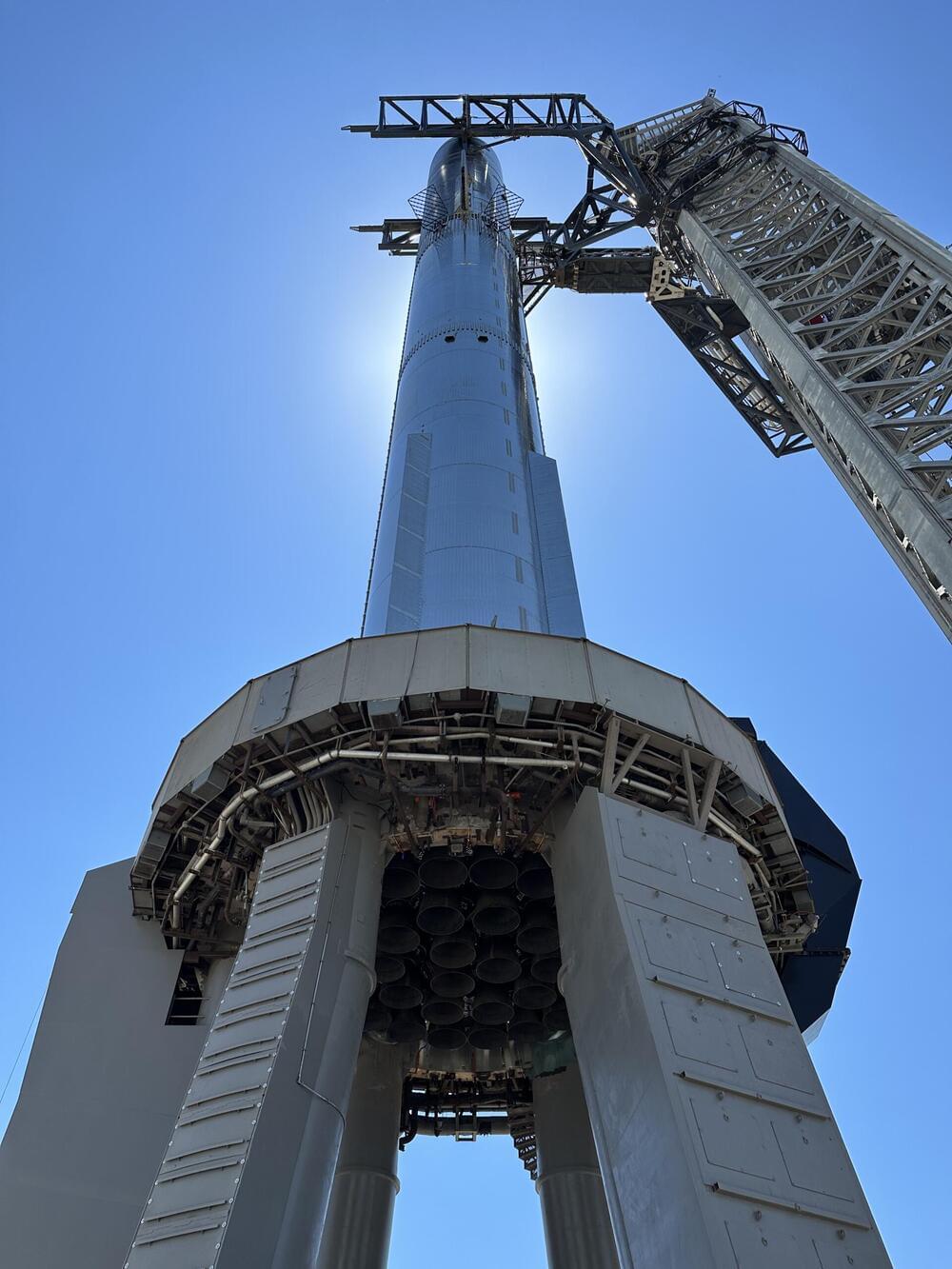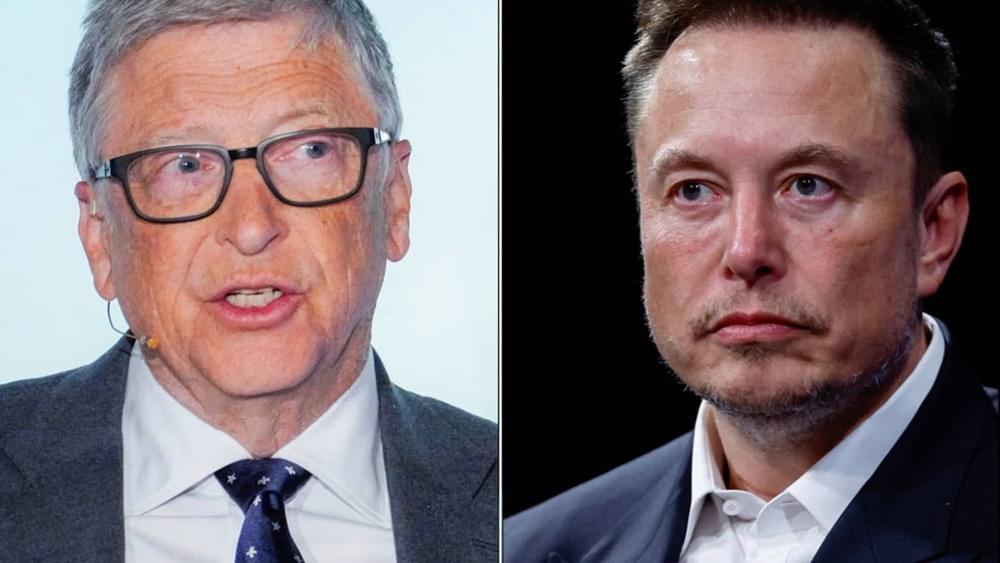“He has these enraging qualities, these drives and these demons, but if you pull those out, you don’t have the impulsive character that sets things off,” said Isaacson, who shadowed Musk for two years while researching his book, which published on Tuesday.
“Musk would say you are actually being selfish if you’re sitting there hoping the people in front of you like you,” said Isaacson. “As opposed to cutting off that sense of emotional connection and saying, ‘What’s best for the larger mission?’”
Elon Musk’s reckless streak can’t be separated out from his track record of innovation at companies like Tesla and SpaceX, says biographer Walter Isaacson.
